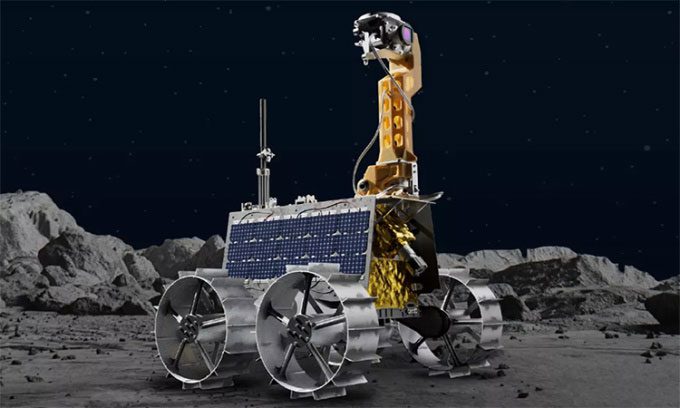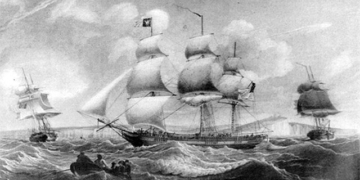The Rashid rover, equipped with a machine learning system from Canada, is set to make its descent on the Moon in April.
A machine learning system from the Canadian aerospace technology company Mission Control Space Services (MCSS) will land on the lunar surface alongside the UAE’s Rashid rover. Rashid was launched aboard SpaceX’s Falcon 9 rocket on December 11, 2022. According to the plan, the Hakuto-R lander, built by Japan’s ispace, will carry Rashid to the Atlas crater on the Moon’s surface in April 2023.

The UAE’s Rashid rover will carry Canadian artificial intelligence (AI) to the Moon. (Photo: Mohammed Bin Rashid Space Centre)
Rashid’s mission is to search for minerals and other significant elements on the Moon’s surface. MCSS stated that the machine learning system will provide information to assist the rover in making decisions. This is a noteworthy milestone, as no AI has previously ventured beyond low Earth orbit.
If successful, this technology will play a crucial role in NASA’s lunar exploration efforts, according to Ewan Reid, CEO of MCSS. “AI will become an essential decision-making tool on spacecraft,” Reid said. The new technology not only aids in the search for water on the Moon but also enhances Earth observation capabilities.
Rashid is expected to operate for about one lunar day (equivalent to 29 Earth days) on the celestial body. The rover is unlikely to survive the lunar night, but this is not a concern for MCSS, as this is merely a test mission. It will make the most of its valuable time on the Moon.
MCSS will receive navigational images from Rashid via Hakuto-R. This lander is responsible for communication with Earth. Using MCSS’s algorithms, each pixel in the images will be classified into a specific type of terrain.
“The output data will be transmitted back to Earth. Our team of scientists and engineers at our office in Ottawa, as well as at other universities in Canada, will use this data to determine where the rover should go,” Reid explained. Future missions will evolve further once the expert team is confident that the AI can distinguish between minerals and critical elements such as rocks or craters.


















































